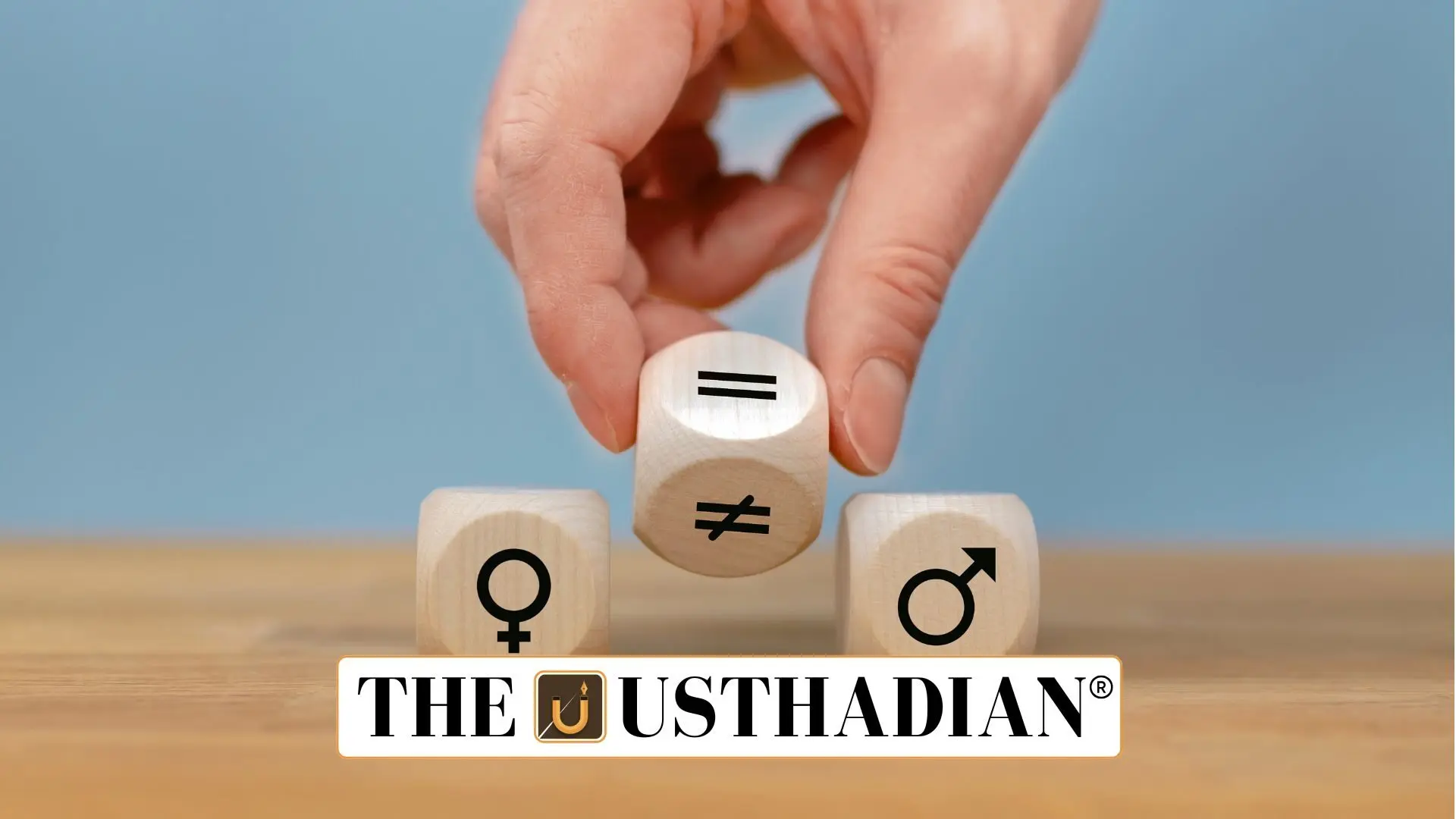India’s global rank slips again
Gender Gap Index 2025: India has been ranked 131st out of 148 countries in the Global Gender Gap Index 2025 released by the World Economic Forum (WEF). The report highlights that while India has shown improvements in economic participation, education, and health, its performance in political empowerment has worsened significantly.
Decline in political representation
India’s gender gap in political empowerment widened due to a fall in the number of women MPs and ministers. The percentage of women in Parliament dropped from 14.7% to 13.79%, and women ministers reduced from 6.45% to 5.56%. These declines impacted India’s overall ranking.
Static GK fact: The Global Gender Gap Report is published annually by the World Economic Forum since 2006.
Women’s Reservation Bill and implementation delay
The Women’s Reservation Bill 2023 mandates 33% reservation for women in the Lok Sabha and State Legislative Assemblies. However, this will only come into effect after the 2029 general elections, post a Census and delimitation process. The 15-year validity of this reservation raises doubts about its long-term impact.
Longstanding underrepresentation
Women have historically been underrepresented in Indian politics. In 1977, only 3.4% of Lok Sabha members were women. This improved to 14% in 2019. As of 2023, only 9% of MLAs in state assemblies were women. Chhattisgarh had the highest state-level representation at 18%, while some states had none.
Rise in women voters
Over the decades, women voter turnout has steadily increased. In recent elections, more women voted than men. Political parties have started to see women as a key voter base, rolling out women-centric welfare schemes to attract them. However, this has not led to higher candidate representation.
Static GK Tip: Universal adult suffrage was granted to Indian women from the first general election in 1952, unlike many Western democracies.
Candidate nomination challenges
Despite strong electoral participation, women remain under-nominated. Many parties field women mainly in reserved constituencies, limiting their exposure. Even though women candidates have a higher win ratio, they continue to be excluded from prominent races.
Hope from upcoming reforms
The Women’s Reservation Act could bring a major shift in the Indian political landscape. But real transformation will depend on how political parties groom and support women leaders. Elevating women from local governance to higher offices remains a necessary step for sustainable gender equality.
Static Usthadian Current Affairs Table
Gender Gap Index 2025:
| Fact | Detail |
| India’s rank in Gender Gap Index 2025 | 131 out of 148 |
| Publishing body of Gender Gap Index | World Economic Forum |
| Year Women’s Reservation Bill passed | 2023 |
| Effective year of reservation | 2029 |
| Percentage of reservation for women | 33% |
| Validity of reservation period | 15 years |
| Women MPs in 2024 | 13.79% |
| Highest state women MLA % in 2023 | Chhattisgarh (18%) |
| Year of first Indian general election | 1952 |
| Voting trend | More women voters than men in recent polls |








